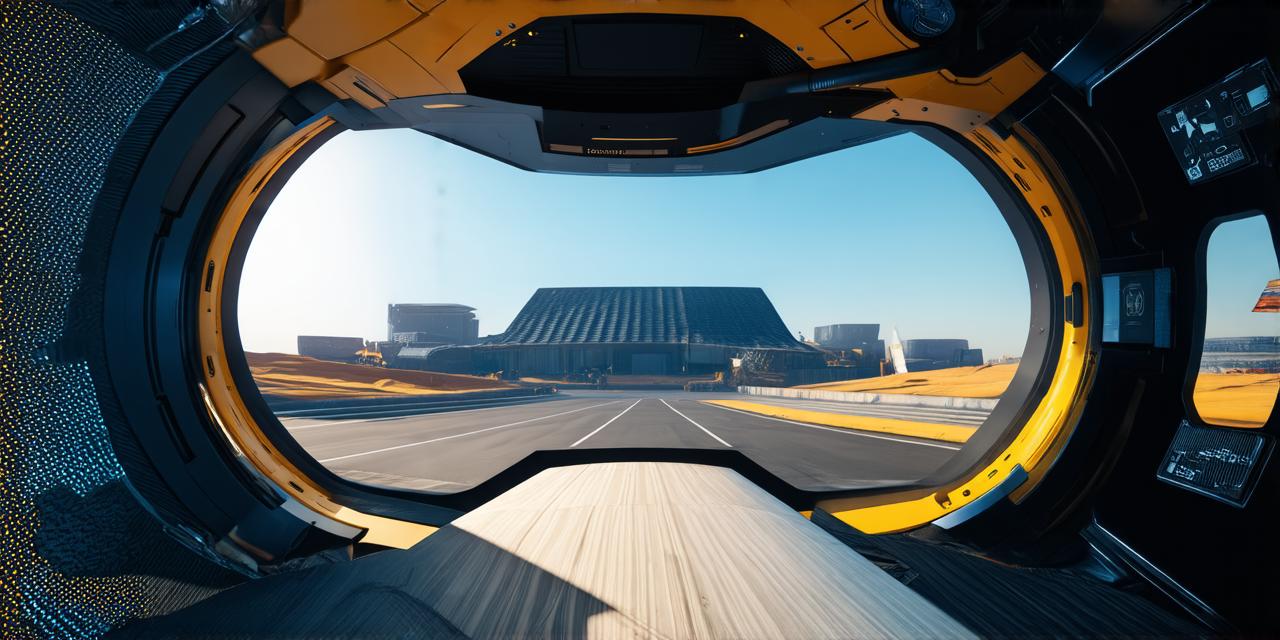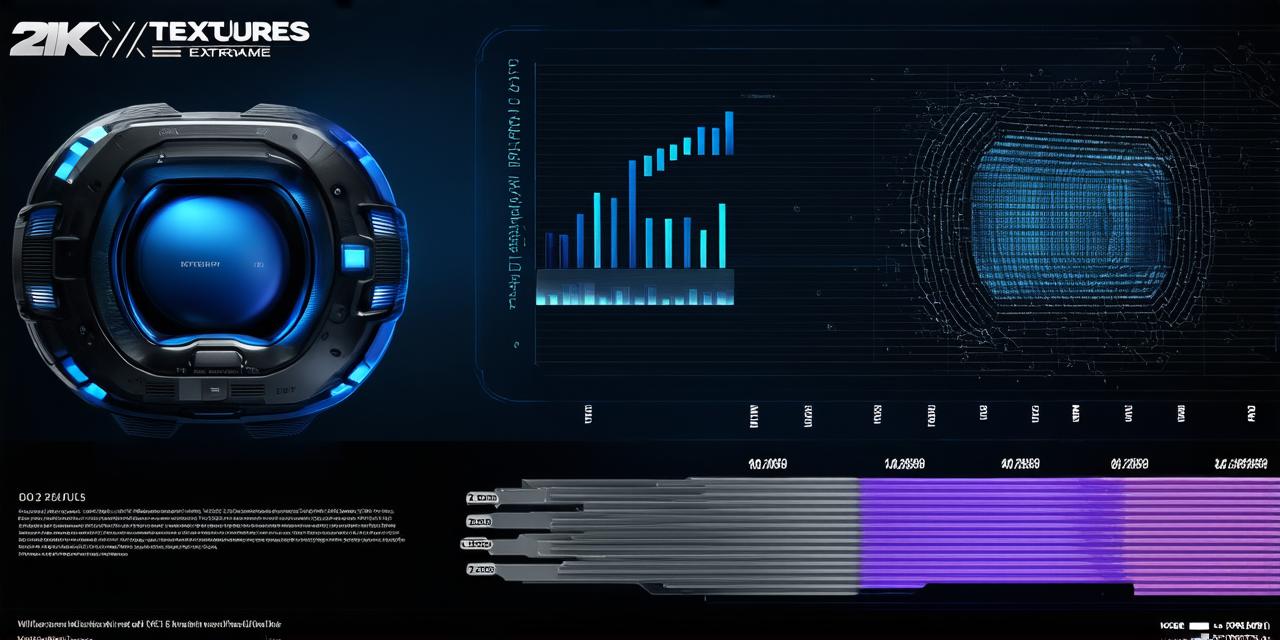Virtual Reality (VR) Technology: 3D VR vs 360-degree Video VR
Virtual Reality (VR) technology has come a long way since its inception, and there are now several different types of VR experiences available. Two of the most popular options are 3D VR and 360-degree video VR.
3D VR:
3D VR refers to virtual environments that are three-dimensional and can be interacted with in a variety of ways. These environments can be explored by wearing a VR headset or using handheld controllers, and often feature objects and characters that can be picked up and manipulated.
Advantages of 3D VR:
- More interactive and engaging than other types of VR
- Can be used for a wide range of applications, from gaming to education and training
- Allows users to explore and interact with virtual environments in a realistic way
Disadvantages of 3D VR:
- Requires high-end hardware to run smoothly
- Limited field of view compared to other types of VR
- Can be isolating, as users must wear the headset or hold the controllers to experience the virtual world
360-degree Video VR:
360-degree video VR refers to a type of VR experience where the user can view and interact with a 360-degree video in a virtual environment. These videos are typically filmed using specialized cameras that capture the entire 360-degree field of view, allowing users to look around and see everything in the video.
Advantages of 360-degree Video VR:
- Allows users to experience new locations and see things they may not have been able to otherwise
- Can be used for educational and training purposes, as well as entertainment
- Requires less hardware than 3D VR, making it more accessible to a wider range of users
Disadvantages of 360-degree Video VR:
- Limited interactivity compared to other types of VR
- Can be disorienting for some users due to the lack of fixed horizon
- May not be suitable for applications that require a high degree of interaction or manipulation

In conclusion, both 3D VR and 360-degree video VR have their advantages and disadvantages. 3D VR is more interactive and engaging, but requires more hardware to run smoothly. 360-degree video VR is accessible to a wider range of users, but offers limited interactivity. Ultimately, the right type of VR experience for you will depend on your specific needs and preferences.


